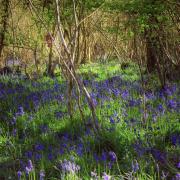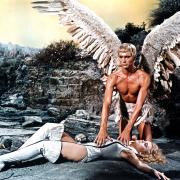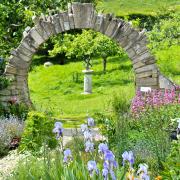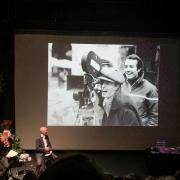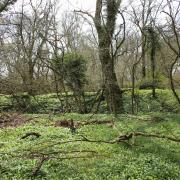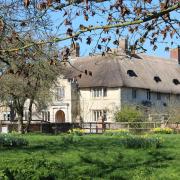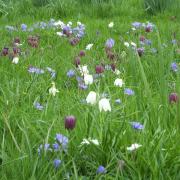Want to know how to locate the three constellations that make up the Summer Triangle, and when you can see the pearly swathes of glowing high-altitude noctilucent clouds? Bob Mizon, of Wessex Astronomical Society, reveals some sparkling summer treasure that can be seen in Dorset's dark skies
At the Summer Solstice, on June 21, the Earth reaches aphelion, the furthest point from the Sun in its orbit. Furthest? The reason it’s so warm is that in the northern hemisphere we’re at maximum tilt towards the Sun. The glow of the Sun, now not far below the northern horizon, lingers all night at our latitude, and true darkness never really asserts itself.

Seek out the bright stars of summer. The Plough, in Ursa Major, the Great Bear, now sinks towards the northern horizon, with bright orange Arcturus (37 light years away), a dying ‘red’ giant, following it. To the south where the Milky Way falls to the horizon shines a red giant, Antares, Greek for ‘the Rival of Mars’ and 554 light years distant.

The best-known feature of the June sky is the Summer Triangle, straddling the Milky Way. Its three bright blue-white stars are now climbing in the east: Vega (26 light years, in Lyra the Harp or Lyre), Deneb (1500 light years, tail star of Cygnus the Swan) and Altair (16 light years, Aquila’s ‘Eagle Star’).

A parade of planets now adorns the dawn sky. Early risers may see, from left to right, Mars, Jupiter and Saturn in the south-east, where brilliant Venus rises not long before the Sun. Look northwards at dusk for pearly swathes of glowing high-altitude noctilucent clouds, sometimes called polar mesospheric clouds.
Click here for Bob's best star gazing spots in Dorset

Local Astronomy Talk & Walk
June 7: Birth of the Solar System, talk by James Fradgley at the Wessex Astronomical Society, 7.30pm, Allendale Centre, Wimborne. wessex-astro.org.uk
June 17: Solar System Walk in Weymouth Bay with Sara Harpley and John Macdonald. weymouthastronomy.co.uk





